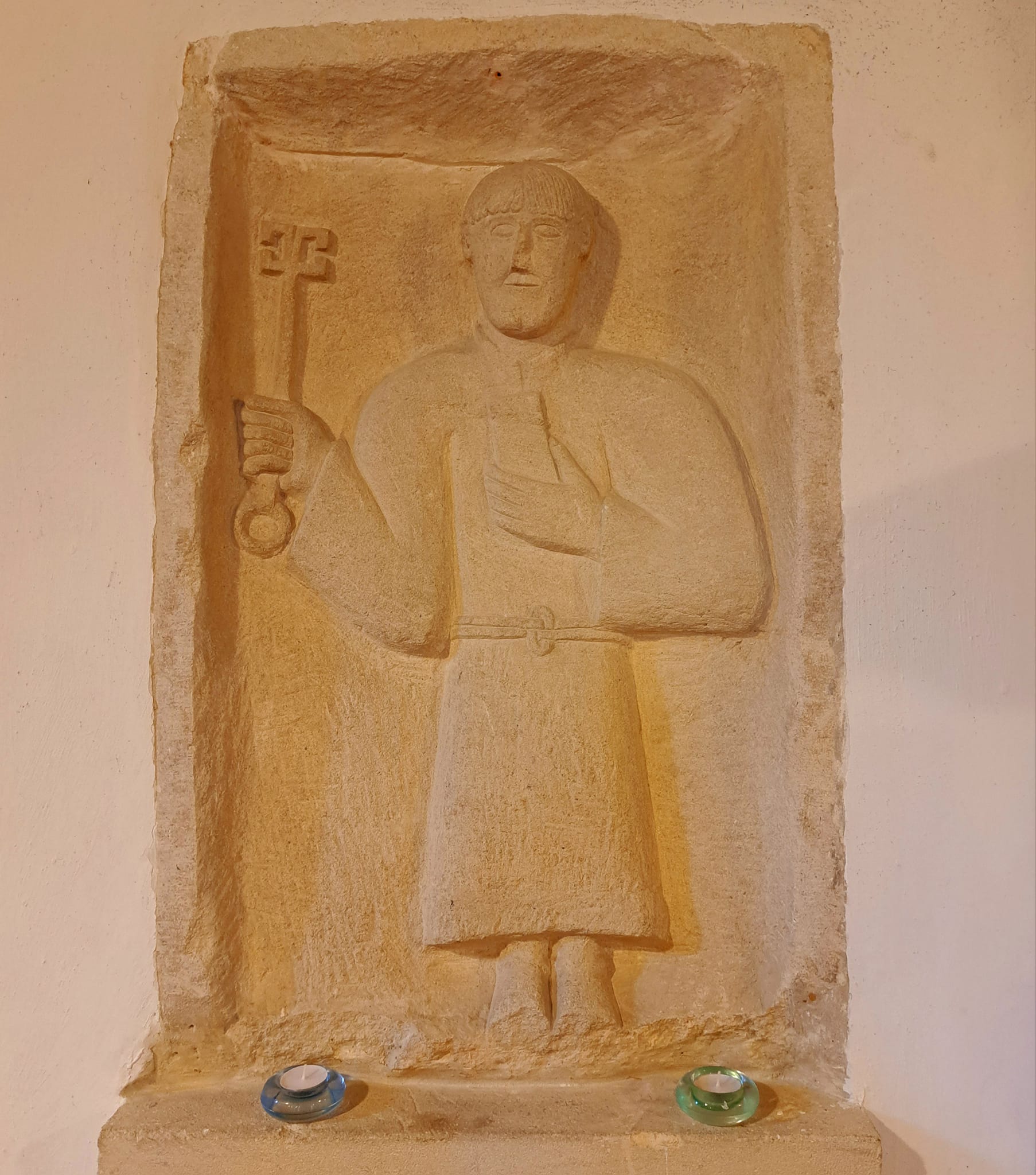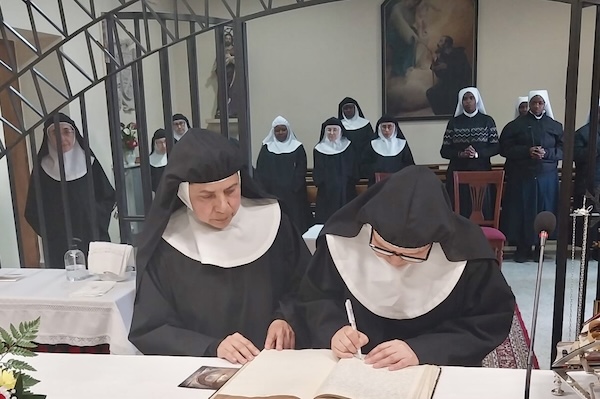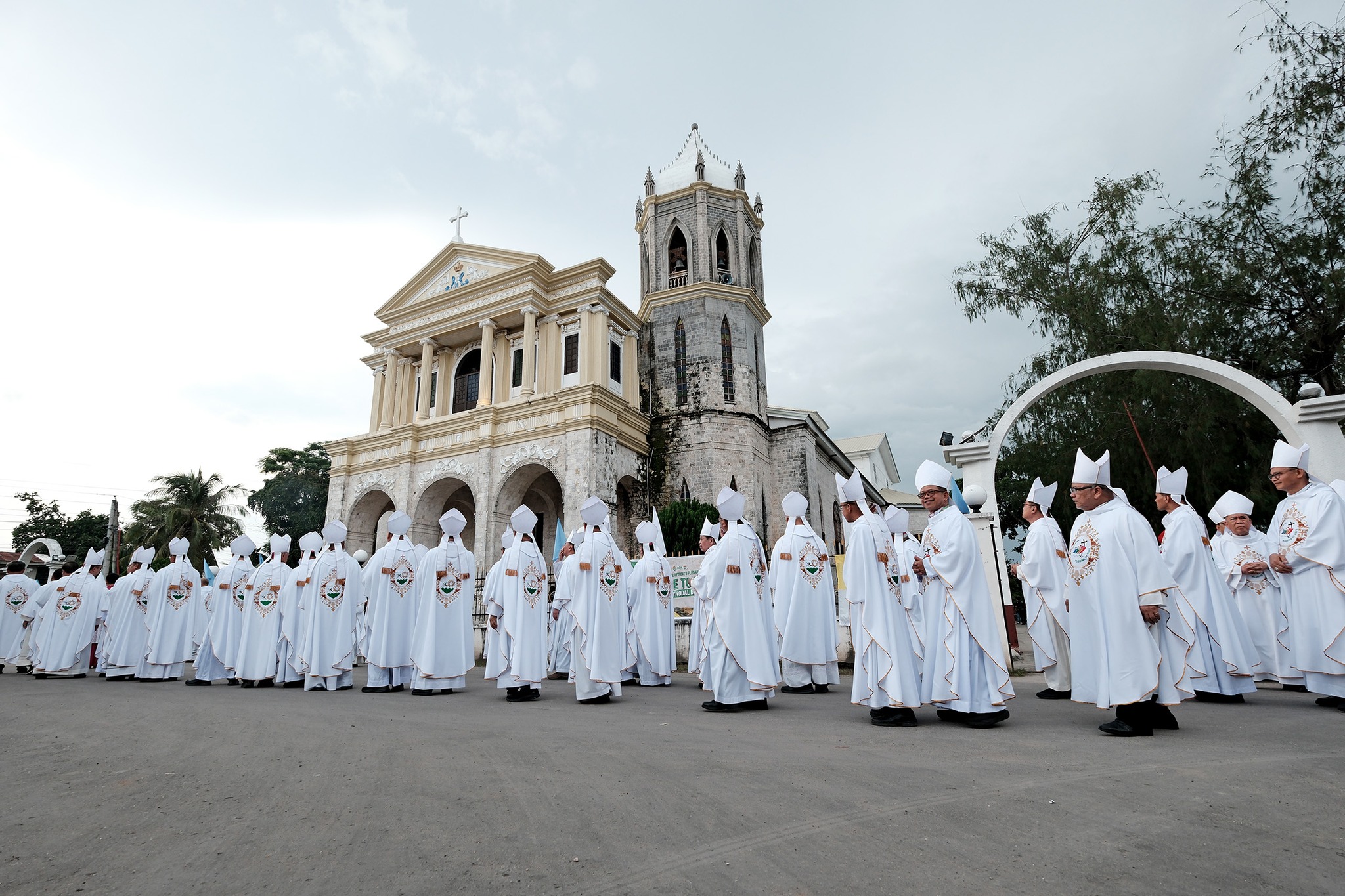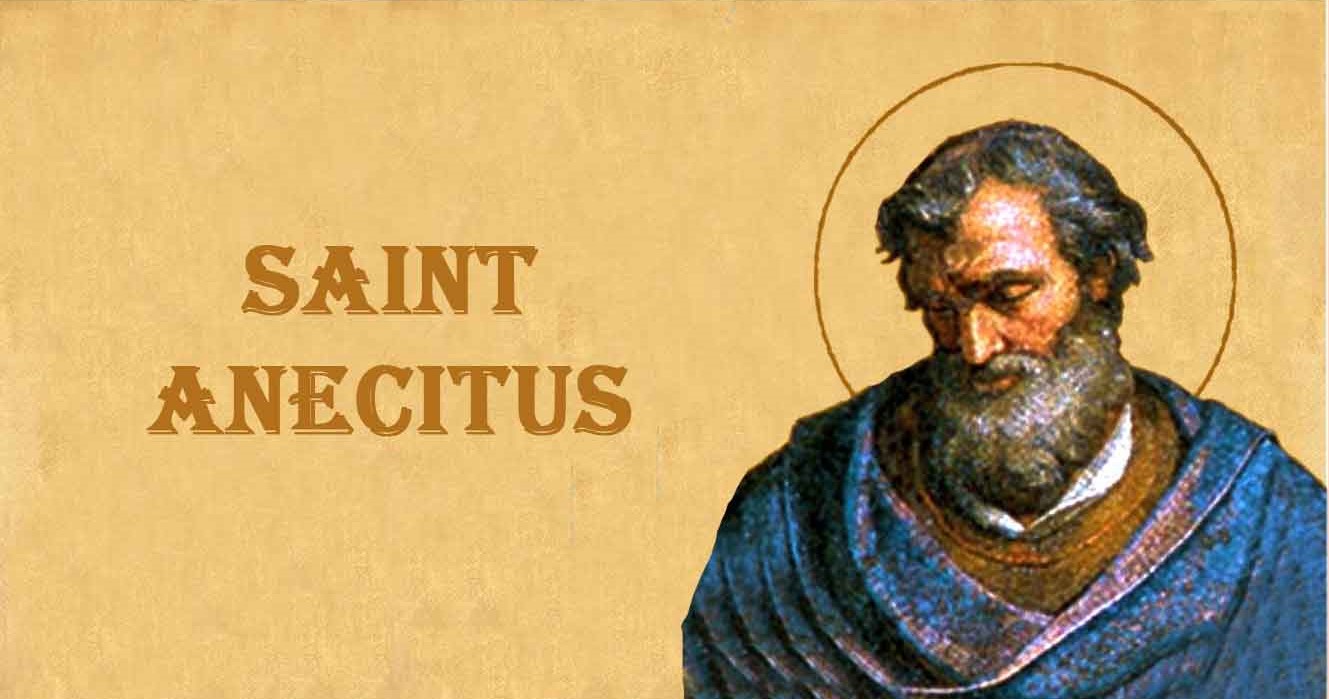Rev. Jose Mario O. Mandia
“And I tell you, you are Peter, and on this rock I will build my church, and the powers of death shall not prevail against it. I will give you the keys of the kingdom of heaven, and whatever you bind on earth shall be bound in heaven, and whatever you loose on earth shall be loosed in heaven” (Matthew 16:18-19).
Catholics believe that with these words, Jesus Christ invested Peter with supreme authority in His Church. The Catechism of the Catholic Church (no 881) affirms: “The Lord made Simon alone, whom he named Peter, the ‘rock’ of his Church. He gave him the keys of his Church and instituted him shepherd of the whole flock” (cf Mt 16:18-19; Jn 21:15-17).
Recent studies by some Catholic Bible scholars have shown that this interpretation of the words of Jesus can be traced back to Jewish traditions. Among these scholars are Brant Pitre, who specializes in ancient Judaism, and John Bergsma, whose focus is on the Dead Sea Scrolls.
Pitre’s works include Jesus and the Jewish Roots of the Eucharist: Unlocking the Secrets of the Last Supper (2011) and Jesus and the Jewish Roots of Mary: Unveiling the Mother of the Messiah (2018). Bergsma authored Jesus and the Old Testament Roots of the Priesthood (2021).
I have taken the ideas in this essay from a talk by Dr Pitre on ‘The Jewish Roots of the Papacy’ (Deep in History Conference of The Coming Home Network 2009, https://youtu.be/xl3pD4l0K5U?si=M8Yp7_d7Ri8djxYG) where he examines Jewish Temple worship. He shows that the words Jesus uttered in Matthew 16 (‘rock,’ ‘keys to the kingdom,’ ‘binding and loosing’) can be understood better with those Jewish traditions in mind.
Aside from the Old Testament, Brant Pitre draws from four main bodies of ancient Jewish texts:
1. Mishna (compiled around 200 AD) – a collection of traditions of the ancient rabbi from the 1st to 3rd century AD (something like the Catechism of the Catholic Church and the Code of Canon Law)
2. Babylonian Talmud (30 volumes – 3rd to 5th century AD) (like the Fathers of the Church)
3. Midrash Rabbah – commentary on Scripture (like Navarre Bible)
4. Aramaic Targums – adaptations of Hebrew Bible to Aramaic (like the Lectionary) with clarifications
Let us examine two of the words used by our Lord – ‘rock’ and ‘keys’ – and see how the Jews would understand them.
1. ‘Foundation stone’ or rock, in Hebrew, ‘Eben Shetiya.’ This foundation is considered sacred not only in Judaism but also in Islam, where it is called the ‘Noble Stone.’ It is found inside the Dome of the Rock in Jerusalem which was built in the 7th century AD, in what used to be the Holy of Holies of the Jewish Temple. Jewish traditions held that the creation of the world began from this foundation stone. It was on this stone that they placed the Ark of the Covenant. During the Babylonian invasion, Jeremiah hid the Ark of the Covenant (cf 2 Maccabees 2:1-7). When the Temple was rebuilt, the High Priest continued to offer up the incense and sprinkle the blood of the sacrifices on the foundation stone (in the absence of the Ark).
The Midrash Tanhuma explains the importance of the foundation stone:
“As the navel is set in the centre of the human body,
so is the land of Israel the navel of the world…
situated in the centre of the world,
and Jerusalem in the centre of the land of Israel,
and the sanctuary in the centre of Jerusalem,
and the holy place in the centre of the sanctuary,
and the ark in the centre of the holy place,
and the Foundation Stone before the holy place,
because from it the world was founded.”
When Jesus met Simon for the first time, he gave him a new name. “So you are Simon the son of John? You shall be called Cephas” (which means Peter) (John 1:42). ‘Cephas’ is the Aramaic form of ‘rock.’
“And I tell you, you are Peter, and on this rock I will build my church” (Matthew 16:18). In Jewish eyes, Jesus was building a new Temple. And it would be built on Peter.
2. Keys of the kingdom, in Hebrew, ‘mafteah’ (literally, an opener). In the Old Testament, keys are a sign of stewardship and authority. They are given to the prime minister, second in command to the king himself. These keys were not only signs of royal authority, but also of priestly authority. It was the Jewish priests who kept the keys of the Temple. When it was time to offer sacrifice, the priest concerned would be given the keys. At night, the priest would lock the doors from the inside, and he would sleep there.
The book of the prophet Isaiah narrates how the steward Shebna would be stripped of his power (cf Isaiah 22:15) and the key would be handed on to Eliakim.
“In that day I will call my servant Eliakim the son of Hilkiah, and I will clothe him with your robe, and will bind your girdle on him, and will commit your authority to his hand; and he shall be a father to the inhabitants of Jerusalem and to the house of Judah. And I will place on his shoulder the key of the house of David; he shall open, and none shall shut; and he shall shut, and none shall open. And I will fasten him like a peg in a sure place, and he will become a throne of honor to his father’s house. And they will hang on him the whole weight of his father’s house, the offspring and issue, every small vessel, from the cups to all the flagons” (Isaiah 22:20-24).
In Jewish eyes, when Jesus gives Peter the keys of the kingdom, He is granting him authority over His Church that empowers Peter to bind and to loose. Whatever he decides will be ratified by God. The power of binding and loosing is mentioned in the Mishna and in the Targum.


 Follow
Follow


